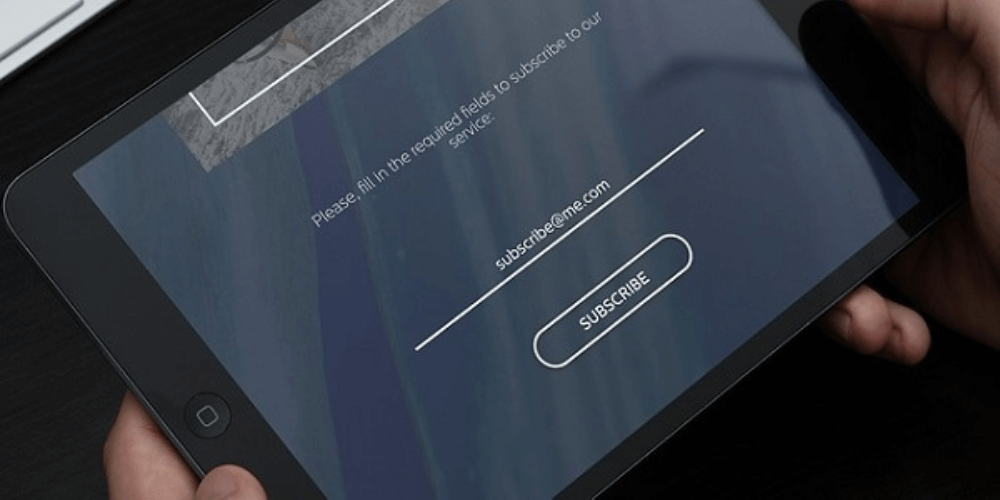How a Recurring Revenue Business Model Can Help MSPs Sustain and Grow
The pandemic has seen many sectors struggle to survive, let alone achieve the profits they need to prosper. For MSPs, it has been harder to meet customers and to prospect for new business, and while many have had a COVID19 dividend, as working practices change, their ability to forecast and predict longer-term revenue has been impacted.
One way of sustaining business - and even growing – is to adopt a recurring revenue business model, favored by many software-as-a-service (SaaS) companies.
This switch to a recurring revenue strategy has already been effective for many MSPs, who have adapted their offers to meet their customer needs. These businesses have seen the benefits and now want to move more of their revenue to a recurring model.
Even before COVID-19, SaaS business was on the increase. Companies benefitted from the subscription-based economy, and a Gartner report projected that SaaS revenues would reach more than $140 billion in 2022, up from $102 billion in 2019.
If you're an MSP, here's how a recurring revenue model can help you sustain and grow your business.
Profitable Growth
Historically, growing an MSP business was a challenge, gross margins were often high, but this came with the expense of increasing human and technical resources, meaning lower profits. When growing a SaaS business, you can scale without the costs of increasing staff through the use of automation.
Financial Predictability and Cashflow
It's easier to track the Customer Lifetime Value with a recurring revenue model and predict profits and cashflow.
Armed with more predictable data on the revenue and associated costs with each subscription you sell, you can predict your cash requirements based on a regular income stream and known margins. Using SaaS-style metrics and reporting, it's straightforward to see how adding subscribers or services will scale up your profits accordingly without killing your cash flow.
Of course, it does require you to keep on top of the customer churn rate and ensure that you provide the levels of customer service that are sufficient to retain your customers while signing up even more. But with a more regular income stream, you can have the confidence to invest in building and developing your operation to achieve additional growth.
Customer Retention
Customers are less likely to cancel services that are provided on a subscription basis. They are more 'sticky.' But MSPs have to invest in an appropriate contractual framework. Adding a contract vehicle Master Services Agreement will allow customers to grow their revenue without continual contract adjustments or sign-offs. Anything that inhibits the easy growth of services, including the lack of customer self-service, should be avoided. Moving to a transaction model ensures that the basis of the commercial relationship changes and will create the stickiness and friction-free, non-touch renewals process.
When you retain customers on an ongoing basis like this, you can implement regular communications. This gives you more opportunities for upselling and cross-selling, further improving your income and growth potential. If you later introduce new products, you will already have a loyal and responsive customer base that you can launch without building an audience from scratch.
Improved Investment and multiple
The stability and predictability of a recurring revenue business model is highly desirable for investors and bankers. The model provides accurate financial forecasts, predictability, and better growth potential. Proof of progress is easier to demonstrate, and investors or financiers are much more comfortable financing a known growth model using their tried and tested SaaS style metrics to underpin your assumptions.
Investors are interested in securing good returns, and resilient companies are more likely to offer that, making a recurring revenue model business a sounder investment.
Conclusion
Adopting a digital commerce strategy including a recurring revenue business model could be the strategy that not only protects MSPs from the worst effects of any unexpected event, including a pandemic. It's also a recession-proof strategy that creates a solid baseline revenue that will support the business through the tough times. Twenty-one percent of respondents in a survey of SaaS company leaders said the difficulties of COVID-19 had caused no impact or had indeed brought them positive results.
With the opportunity of growth through recurring revenue, the pandemic needn't be a crisis for MSPs. In CRN's VAR 350 2021 report, one company "claimed in its accounts that it is well placed to weather the impacts of the pandemic' due partly to its high level of recurring revenue."
Another business "stressed that the 85 percent of its business generated by recurring revenue 'will remain mostly unaffected as it is supporting critical services for our clients and is contracted income'."
Moving from one-off consultancy revenue, which is typically high margin, to smaller margins that require more sales does require time to grow to a critical mass level. But there is little risk when the benefits and prospects for growth are so great.
Check out the next blog in this series:
MSPs Looking to Adopt a Recurring Revenue Business Model: Why Choose Cloudmore?
Share this
You May Also Like
These Related Stories

Benefits of Adopting a Recurring Revenue Business Model as an MSP

How Can Recurring Revenue Increase My Business Value?


